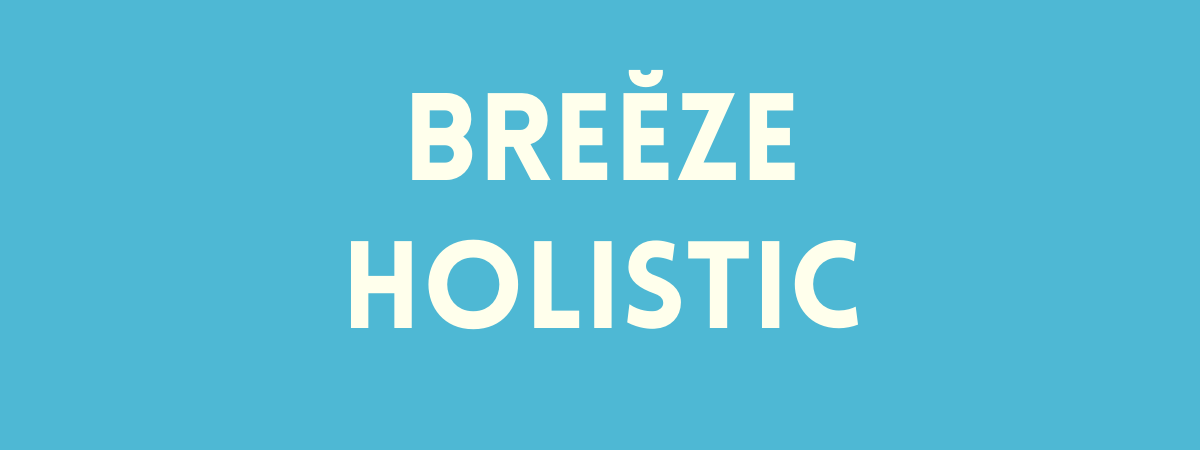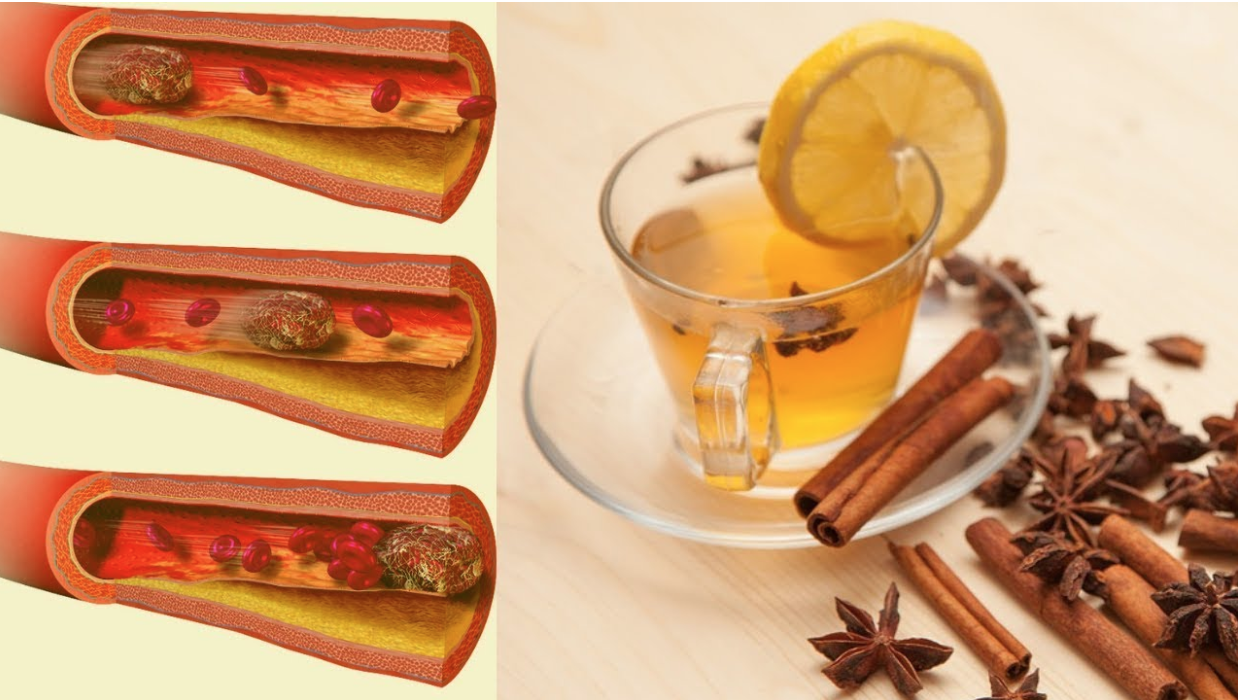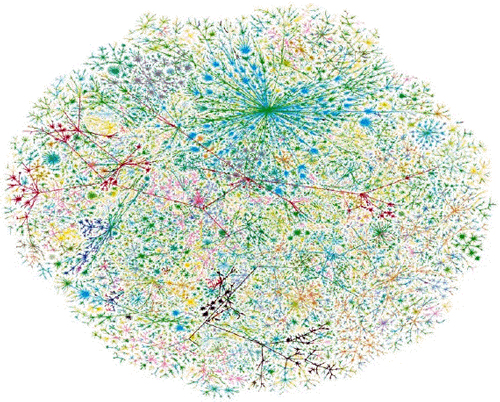One of my greatest lessons in life is that, like Whitman said, we contain multitudes. At no time in my life has this ever been more apparent and, at the same time, more difficult to accept than while pregnant.
Pregnancy is supposed to be a time of great joy — and it is, sometimes. But it can also be a time of great, unprecedented anxiety.
And because there can feel like a lot of pressure as a pregnant person to emphasize joy as the predominant emotion put forward to the outside world, the real, more nuanced truth can often go hidden behind doors deliberately kept closed to visitors, behind which are kept anxieties, fears, and doubts we may be ashamed of revealing, except maybe to a few close confidants. It’s not to say that people don’t ask how you’re feeling — they often do — but the easier, more expected, and palatable answer usually has to do with something like heartburn, and not the overwhelm that may actually be burning you up on a deeper level. For fear of seeming hairbrained or god forbid, unprepared, the easiest answer is to say “heartburn! ACK!” and move on.
I am speaking from my own experience and those confidants who have confided in me, not in an effort to pretend I could ever speak to the uniquely nuanced journey of all pregnant people, but to give voice and visibility to what lurks on the other side of the door, beyond the room of fresh flowers and bassinets that play bird sounds, and hopefully give it a little more space and permission to exist.
Physical discomfort aside for the moment, the mental gymnastics of being both a pregnant person and a preparing parent can be, in short, immense.
Here are just some examples of what a pregnant person may be thinking about at any given moment:
Ensuring you are eating and keeping your kitchen stocked with the right foods, taking the right supplements, avoiding the wrong substances, constantly researching the safety and risks of everything from soft cheese to hand sanitizer to holy basil, reading the stack of pregnancy and parenting books, doing the prenatal classes, ordering all of the things you and the baby will need, researching for hours to find the best versions of those things, budgeting for the things, building the things, making the registry, navigating the shame of sharing the registry, finding the providers, going to the many check-up visits and ultrasounds, learning about strange and sometimes disturbing new concepts like mucus plugs and the sickening parmesan scent of dried breast milk, taking care not to lay too much on your back, taking the temperature of your bath water, waking up in the middle of the night in a sudden panic about cell phone radiation, visiting and revisiting the ever evolving list of questions and to dos on your Notes app, going through the ridiculous feeling process of getting on nursery school or daycare waitlists when your child is barely beyond zygote form, finding a doula if you want one, making and revising the birth plan, packing the go bags for labor (a whole thing), having the mini and major meltdowns, texting your parent friends with questions like “did you take an infant CPR class?” and “do I need special tiny nail cutters?“
— not to mention making sure you’re taking best advantage of the time before the baby to experience freedom and quality time with your parenting partner, friends, and family and if you’re lucky do luxurious things like meditate, take day trips, and spend quiet time connecting with your baby and appreciating the immense beauty of the experience while it’s happening, or even just time to stand in a closet and cry over a pair of tiny adorable socks.
Then comes the physical side of it, and the research, trial, and error that goes into battling things like insomnia, heartburn, and hyperextended ligaments.
Also, the baby algorithms. The instant the social meeds gets even a whiff of that amniotic fluid (sorry, but, it’s real!) between every third friend’s story is now a promotion for an infant probiotic, swaddle, or ankle monitor that your baby absolutely needs to stay safe / healthy / looking fresh.
And yeah, you (or I) click on some of them, because you’re training for a new job and in my case even your midwife does not have a definitive list of things you will need for it — in fact, mine didn’t even have a single book to recommend — so you are left to your own devices to figure out what is necessary. Underlying and motivating this is a new, primal instinct that seems to have developed sometimes within moments of the second pink line on the pregnancy test emerging to give the absolute best to this little being, even if it’s then just a sesame seed, and above all else keep it safe from harm. Yes, I got the ankle monitor that connects to an app to alert you if the baby stops breathing in the crib, but found it used from a nice dad in Rhode Island because that s**t is expensive.
It wasn’t until I was today years old, 6 weeks from my due date, that I acknowledged that pregnancy and preparation for parenthood is actually a part-time job. That when you add up all of the above, it amounts to hours and hours spent preparing. Because beyond simply gathering the sundries of infant life, you are also training for a job you’ve never done, whether that’s raising your first child or figuring out how to parent more than one. It’s like studying for finals that will never really end.
This is to say nothing of being pregnant during a global pandemic. Tack in the overtime spent researching, should or shouldn’t I get the vaccine? Did I harm my baby with the kind of gallon sized hand sanitizer they have at the exit to Lowe’s? Would it be weird if I went down there and checked the ingredients?
Of course, there is also great, almost mystical joy in feeling her in my body, seeing her on the monitor grow from a blueberry to a squash, the shared moments of incredulous WTF wonder whenever we stop and realize what’s happening, the funny little songs we find ourselves singing, and the unbelievable bounty of kindness, generosity, and enthusiasm that has come in the form of childhood neighbors, handknit blankets, family and friends I sometimes feel we have no business deserving.
But it’s no wonder why an immense wave of relief came over me last week, when I finally had the conversations with my clients and the people that I work for — which I’d been putting off for weeks, and only did at the repeated insistence of my love to slow down — about when I’m going to be trying to wrap up work. The weirdest thing — to me, most of all? I cried actual tears thinking about not working. Okay, I’m sure there are some amount of hormones to blame for this, but it was more than that. When I reflected on it, I came to realize to my surprise that I was mourning giving up, even temporarily, this part of my life — a part of my identity and purpose I’ve come to really like. And as I slowly come to grips with that and to the realization that these will be not replaced, but added to, with new identities and purposes — like: mother, milk maker, raspberry kiss giver — I can see that it is only adding to my multitudes. I am about to become more multitudinous. And that, more than anything. is joyous. And also anxiety inducing. And joyous. It’s both. It’s everything. And that’s okay.


























































